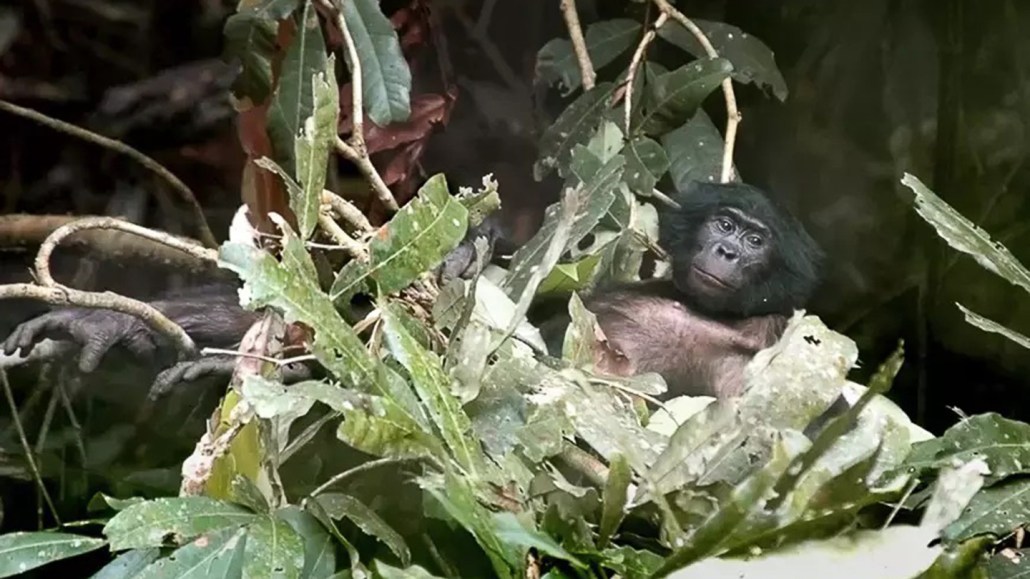Climate change may be leading to overcounts of endangered bonobos
Fewer of the great apes could be left in the wild than previously thought

Bonobos build elevated nests like this one out of tree branches and foliage. The structures are lasting longer, on average, in the environment than they used to, a new study finds.
© B. Fruth/MPI of Animal Behavior